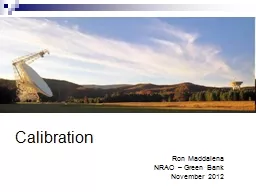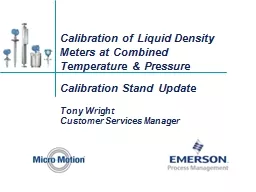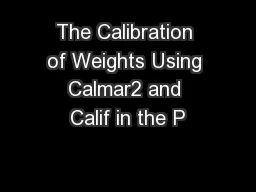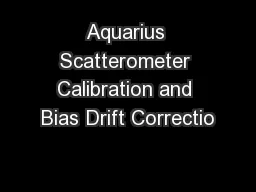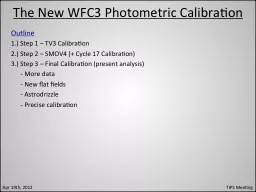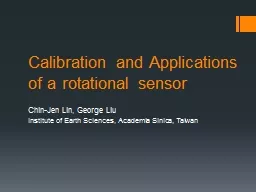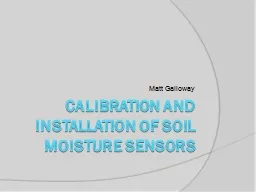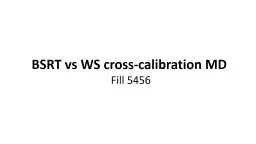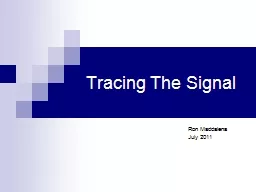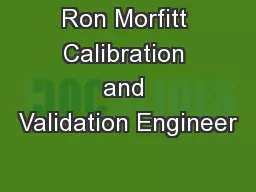PPT-Calibration Ron Maddalena
Author : beastialitybiker | Published Date : 2020-08-07
NRAO Green Bank November 2012 Receiver calibration sources allow us to convert the backends detected voltages to the intensity the signal had at the point in the
Presentation Embed Code
Download Presentation
Download Presentation The PPT/PDF document "Calibration Ron Maddalena" is the property of its rightful owner. Permission is granted to download and print the materials on this website for personal, non-commercial use only, and to display it on your personal computer provided you do not modify the materials and that you retain all copyright notices contained in the materials. By downloading content from our website, you accept the terms of this agreement.
Calibration Ron Maddalena: Transcript
Download Rules Of Document
"Calibration Ron Maddalena"The content belongs to its owner. You may download and print it for personal use, without modification, and keep all copyright notices. By downloading, you agree to these terms.
Related Documents

